The bird on the following photograph ...
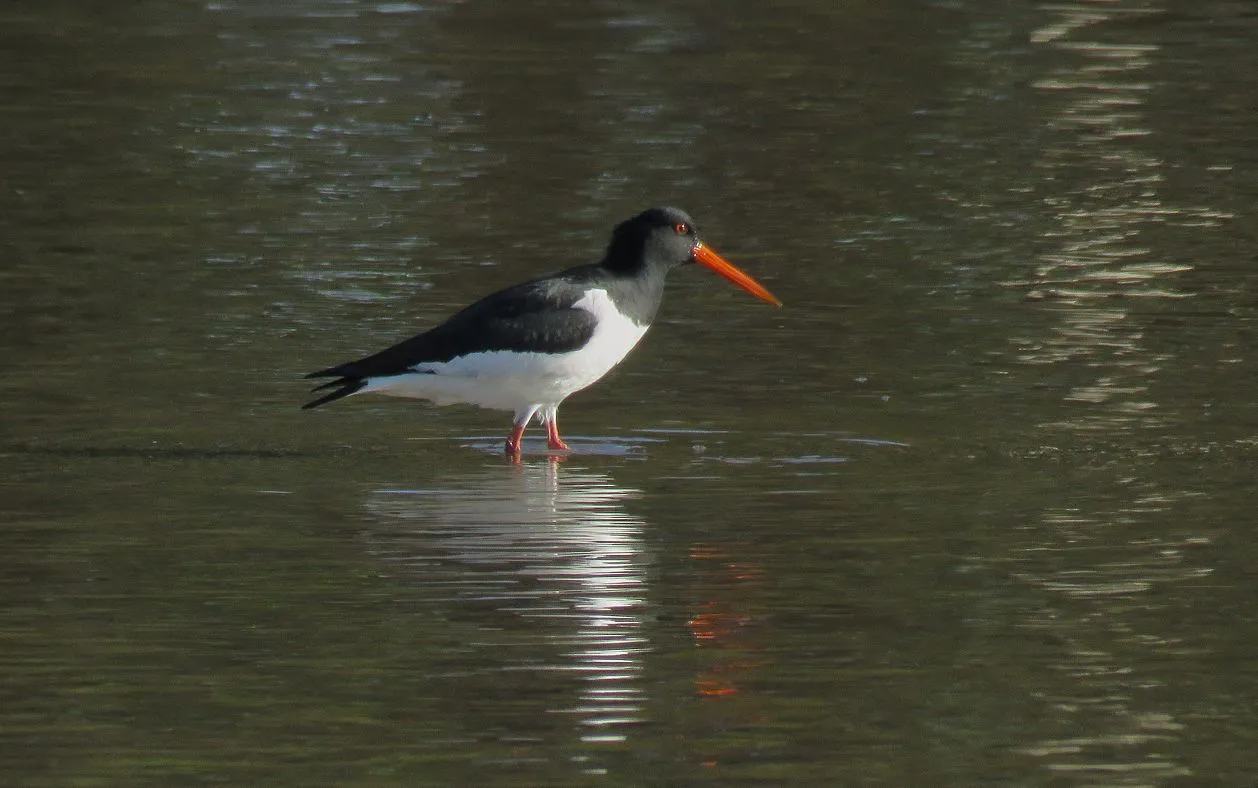
... is the Eurasian oystercatcher (Haematopus ostralegus) ...

... a species that, prior to this unexpected encounter, I saw only in books and documentaries ...
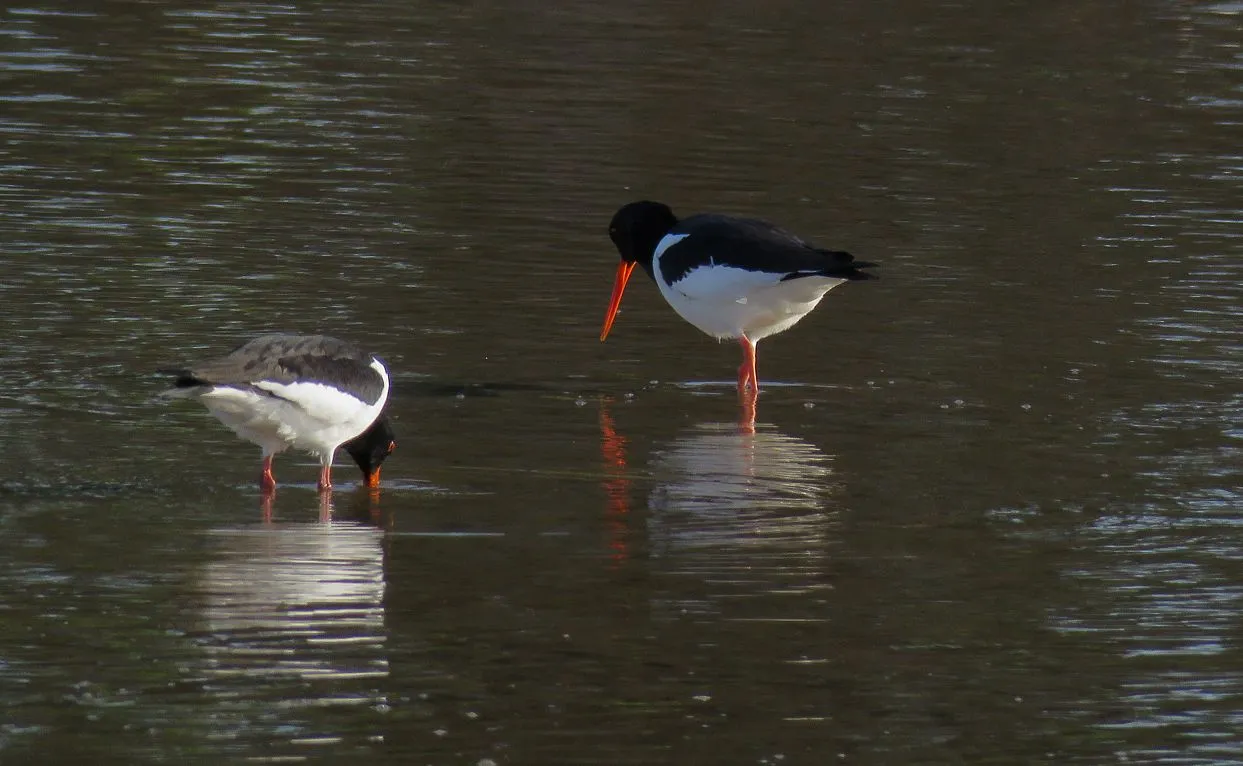
... so this Saturday, that started pretty boring, with washed out colors and a bit of rain in the morning ... brought plenty of excitement near the end of the day.
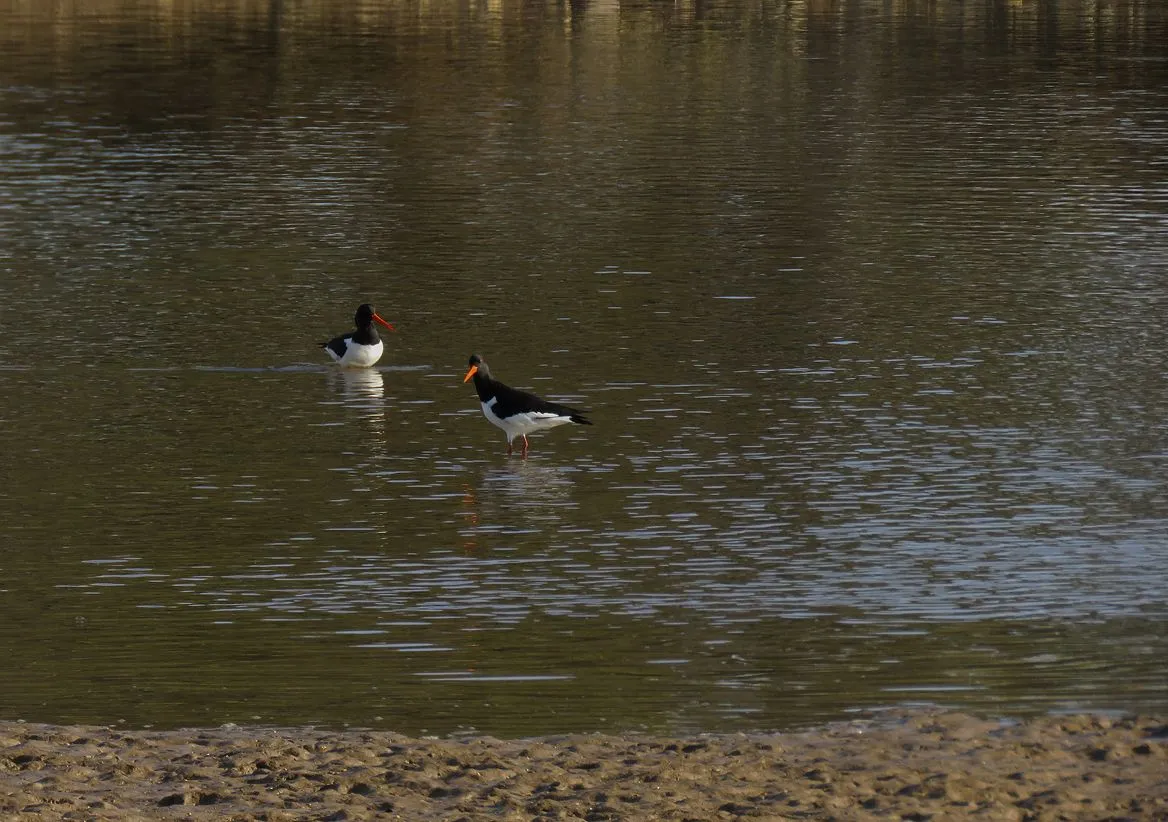
Some hours ago, in the late afternoon, while driving along the shallow bay near the port of the village called Liznjan, about five kilometers from where I live ...
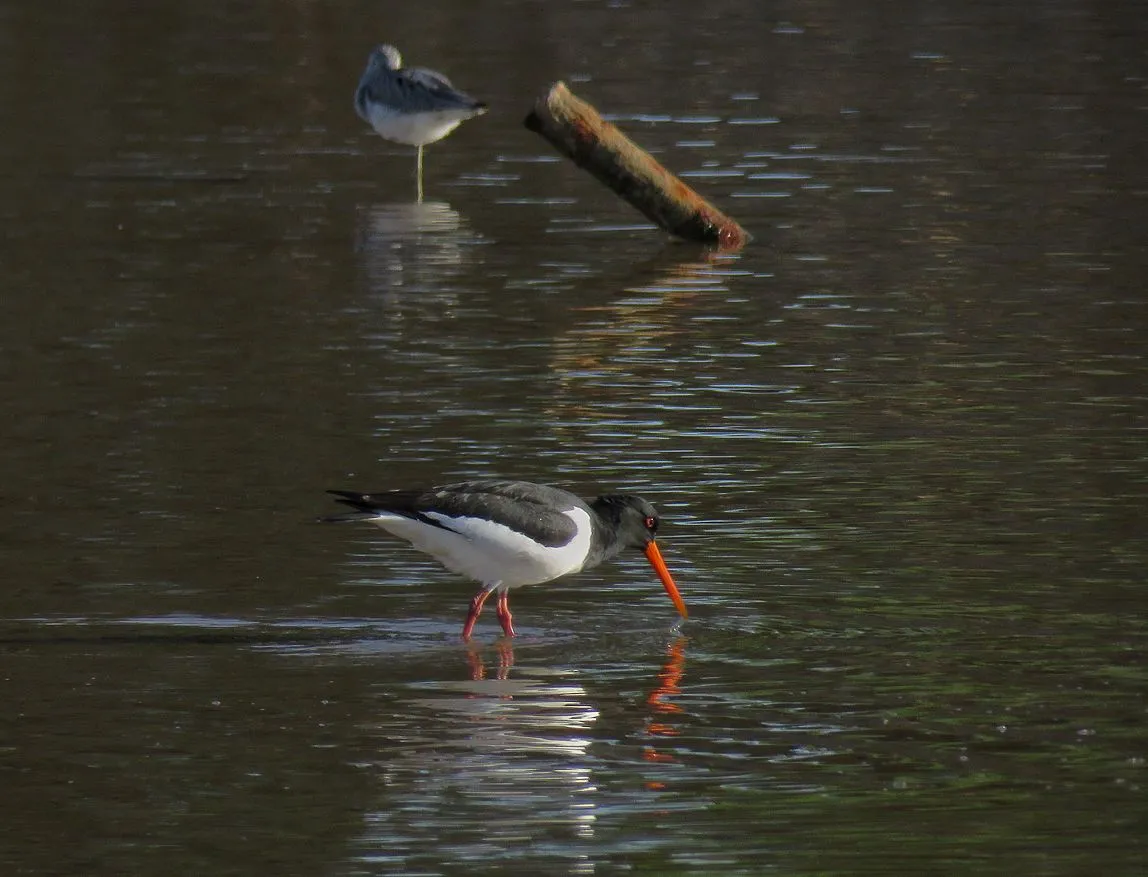
... I spotted the vivid red beaks in the distance, so I drove closer curious to see what birds are there ... when I stopped my car near the water, nearest that I could without ruin the car, I knew that I'll remember this day ... being able to observe some wild animal for the first time first hand, in nature, it's a big thing for me.
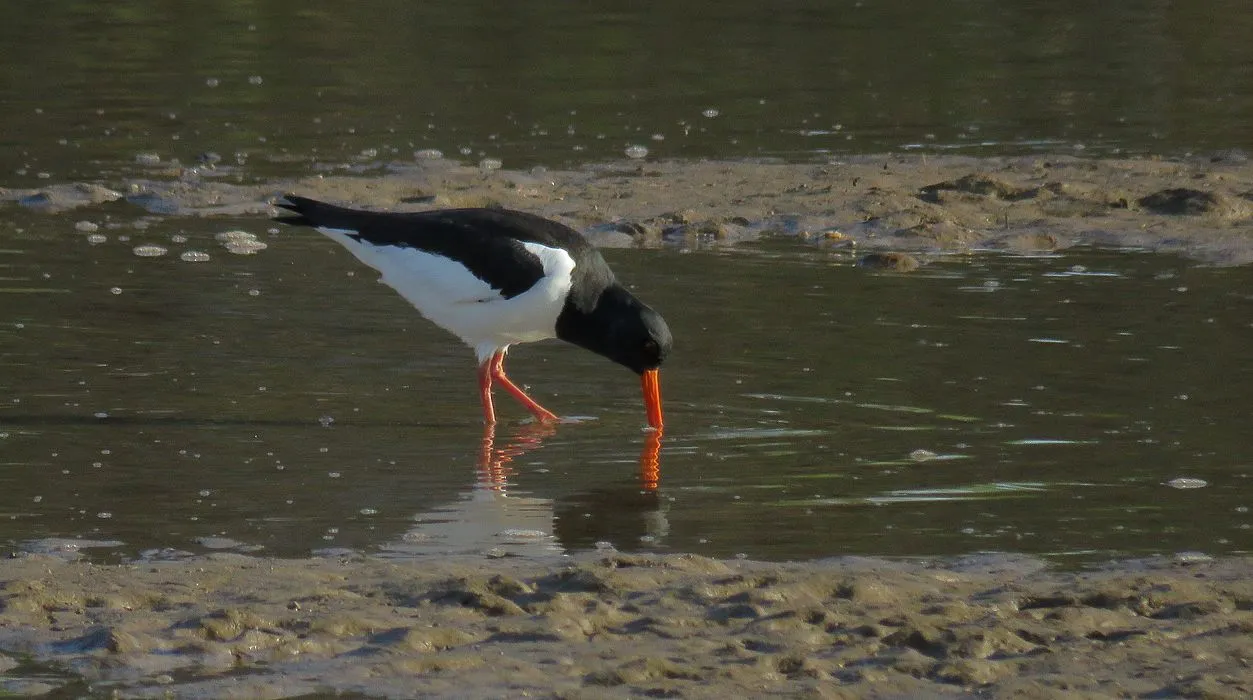
The Eurasian oystercatcher also known as the Common pied oystercatcher, or Palaearctic oystercatcher, or just Oystercatcher, is a wader in the oystercatcher bird family Haematopodidae. It is the most widespread of the oystercatchers, with three races breeding in western Europe, central Eurosiberia, Kamchatka, China, and the western coast of Korea.
This is a migratory species over most of its range. The European population breeds mainly in Northern Europe, but in winter the birds can be found in North Africa and, although I never saw them in my southern area, southern parts of Europe.
The birds use their strong red bills for smashing or forcefully open mollusks such as mussels or for finding earthworms. Despite its name, oysters do not form a large part of its diet. The bird still lives up to its name, as few if any other wading birds are capable of opening oysters at all.
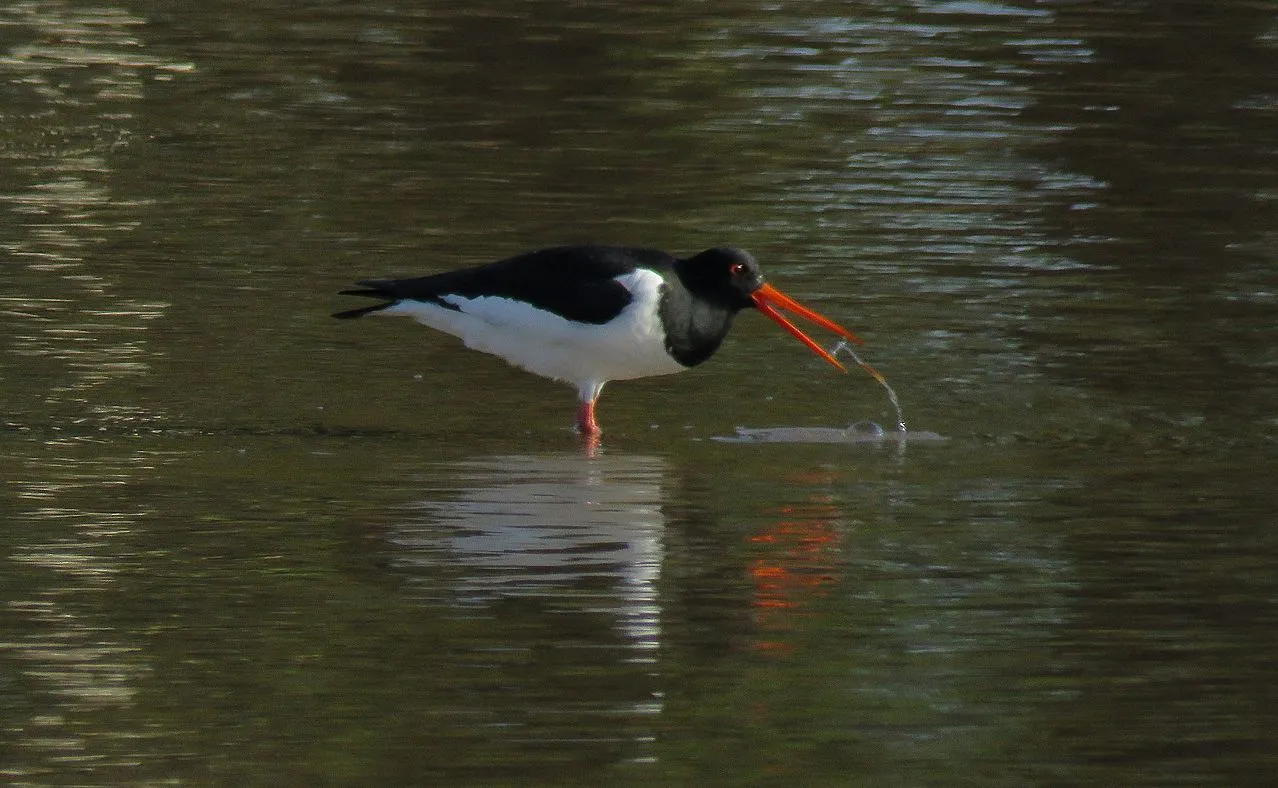
Here the Oystercatcher caught something ... and I caught the Oystercatcher with my camera.
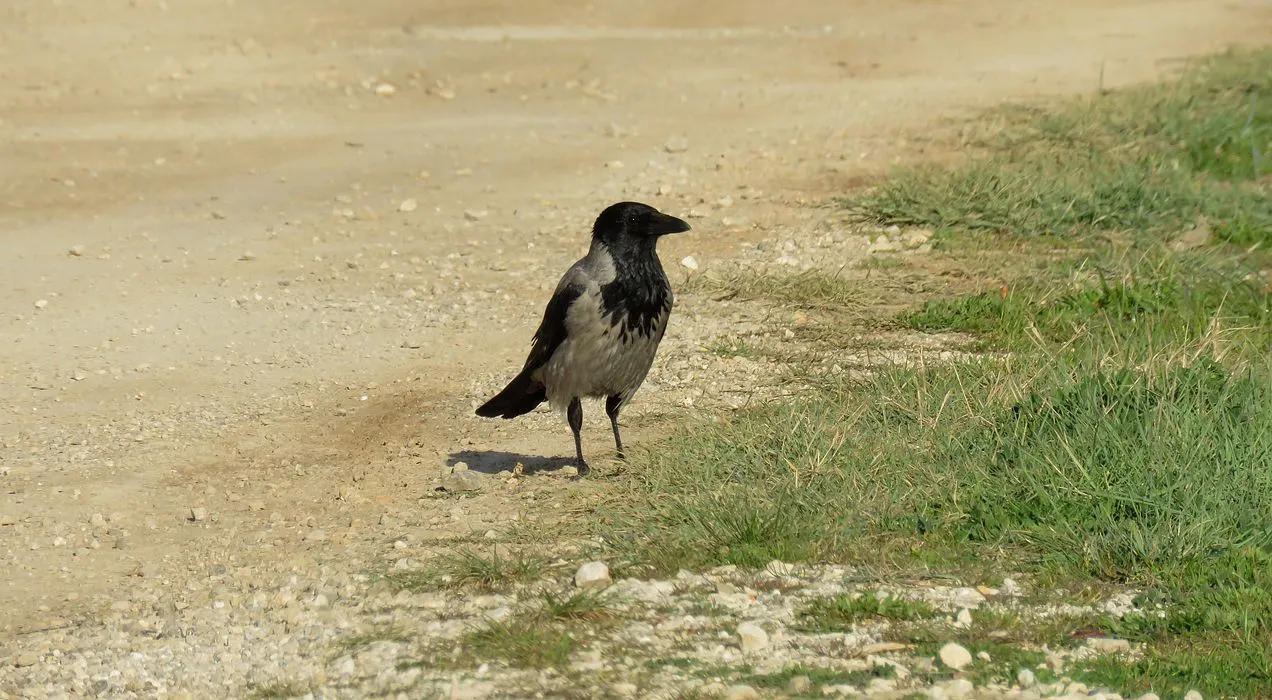
Meanwhile, from another direction ...

... walking along the small road near the sea ... a Hooded crow (Corvus cornix) was approaching.
The crow came pretty close to the car, so without extreme zooming I was able to take better shots. The crow's eyes on this enlargeable photograph are wide open ... while on the following shot ...
... the bird looks a bit creepy ... with the eye covered by eyelid.

At one point the crow changed its direction, passed across the small parchment of grass - covered terrain ...
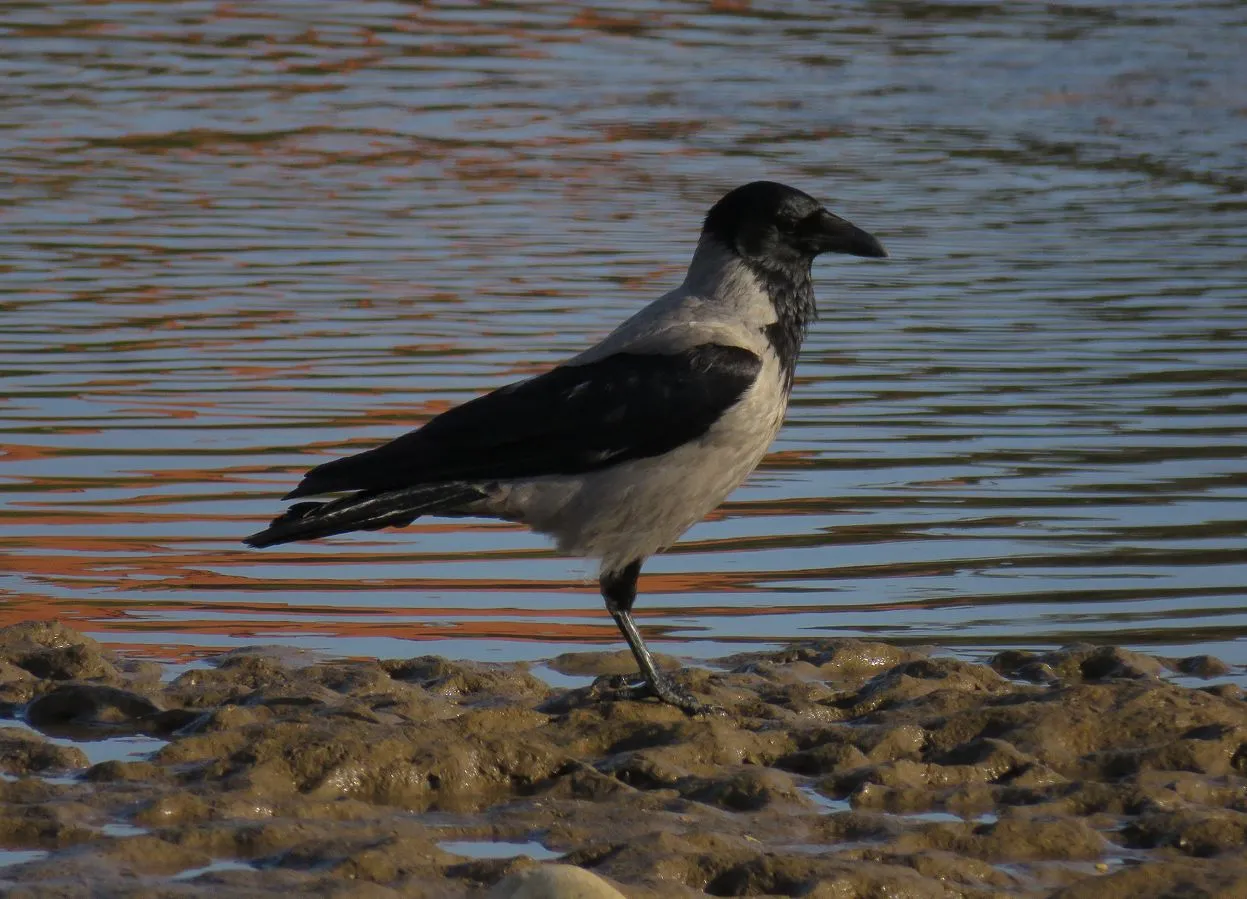
... and started exploring the mud. The low tide offers plenty of feeding opportunities to an intelligent, versatile omnivore like the crow.
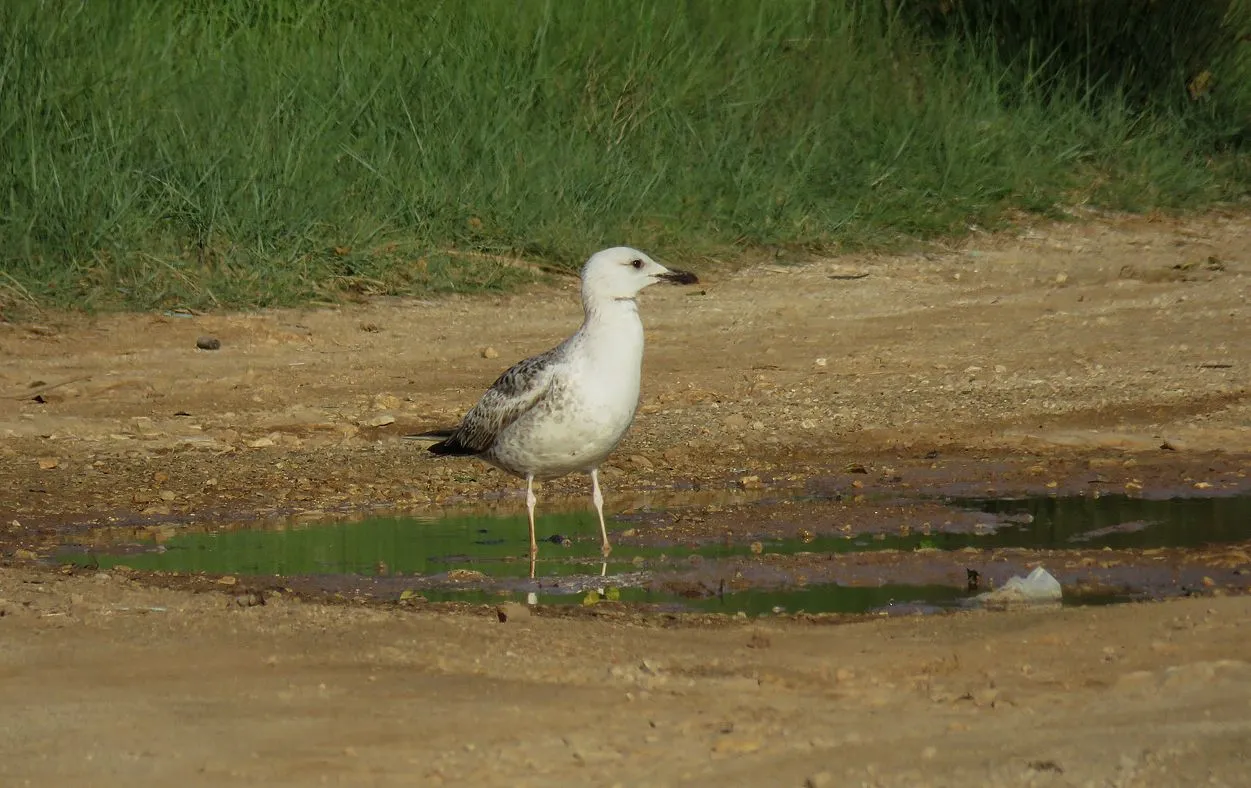
I photographed this juvenile Yellow-legged gull (Larus michahellis) a bit further down the road, near the small puddle filled with the rain that fell last night and during the early morning, just to add another feathered species to the post.
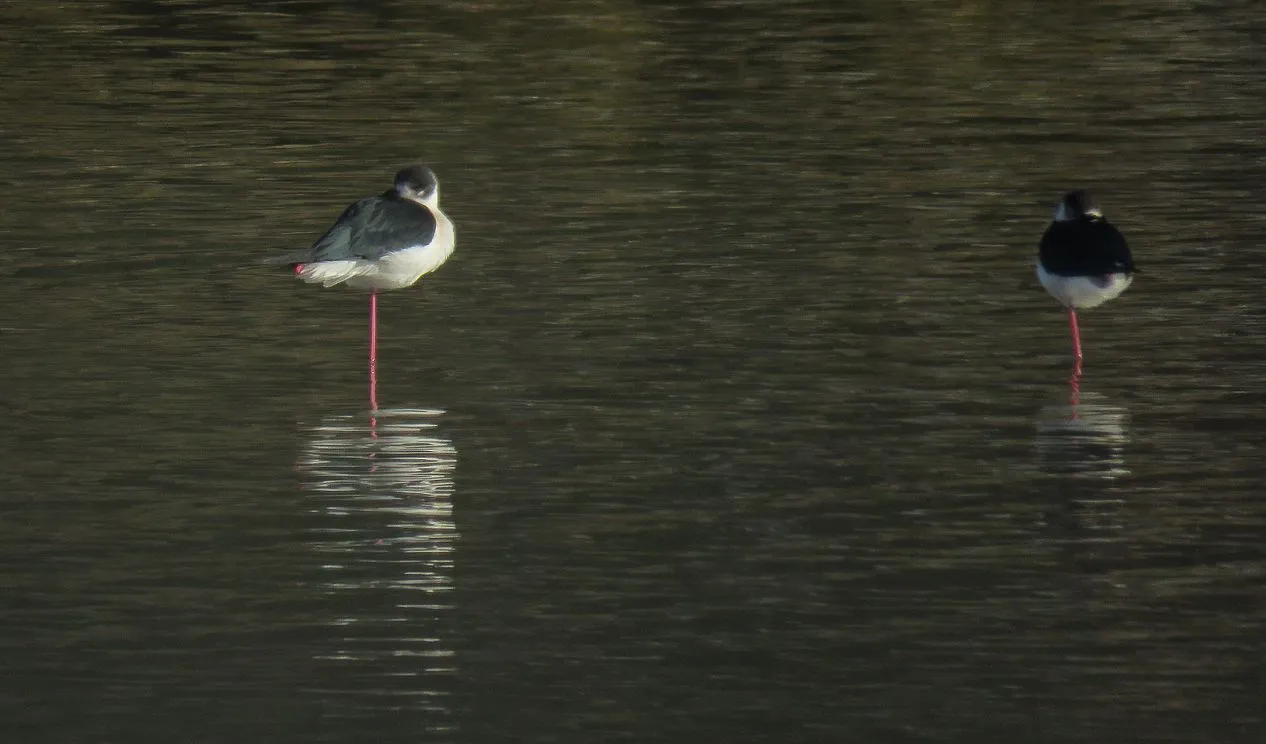
With all the excitement around the Oystercatcher, I didn't notice at first these elegant, and very interesting birds. They were further away, near the other shore of the inlet, and from that distance I was convinced that I'm looking at some small buoys or something like that, because the birds didn't move. Only after taking plenty of Oystercatcher shots, I pointed the camera in that direction, ready to explore those mysterious little objects. This led to another great experience, to another bird species that I encounter here very rarely. But now, before showing you more photographs, is time for a little video - break with birds in motion. :) Have a good viewing.
This video wasn't actually recorded as a video, but put together from a series of shots I took some hours ago in the muddy bay near the small village called Liznjan, on the southern end of the Istra peninsula in the Northern Adriatic. You can see two species of birds here, the Eurasian oystercatcher (Haematopus ostralegus) and the Black-winged stilt (Himantopus himantopus). Just like most of my other videos, this is just a small fragment of the longer post on HIVE, and there among some more still images, you can find also more information about these two species.
▶️ 3Speak
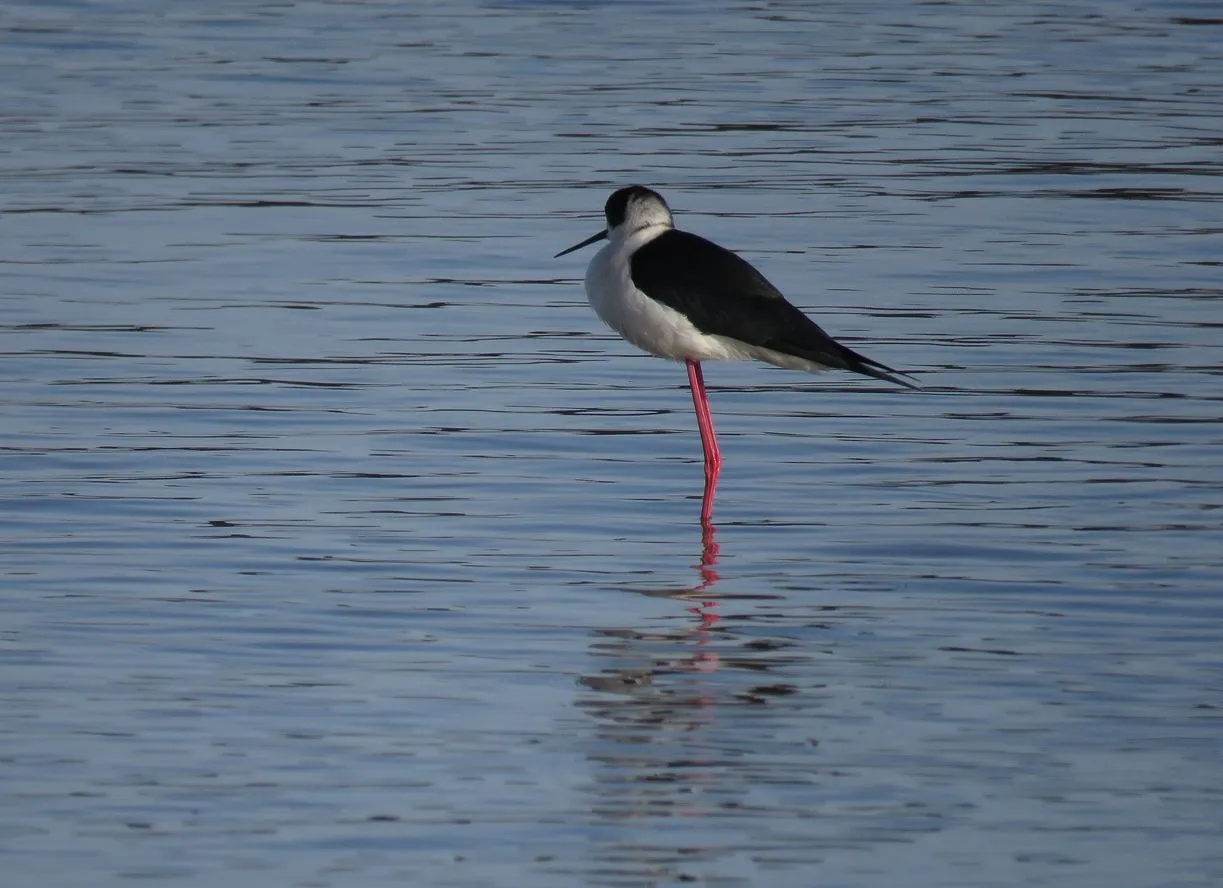
This is the Black-winged stilt (Himantopus himantopus)
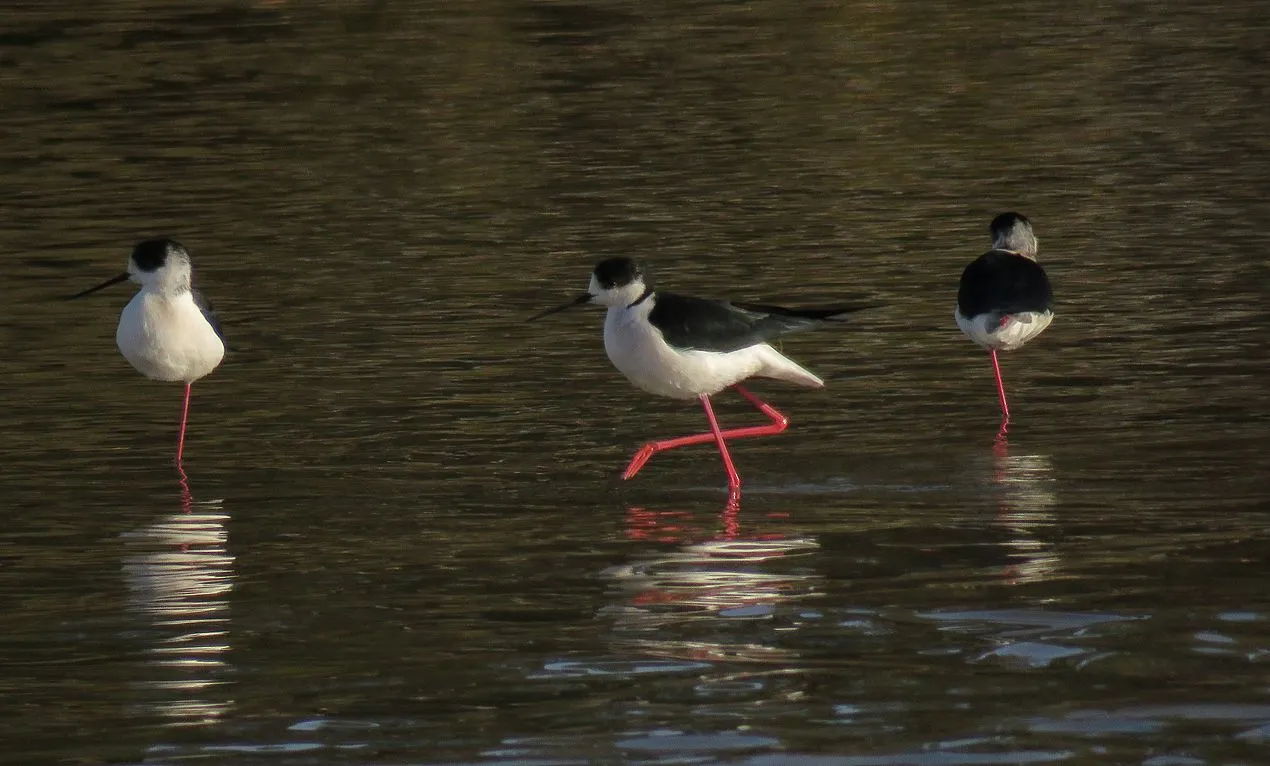
The breeding habitat of these birds is marshes, shallow lakes and ponds. Some populations are migratory and move to the ocean coasts in winter. Those in warmer regions are generally resident or short-range vagrants.
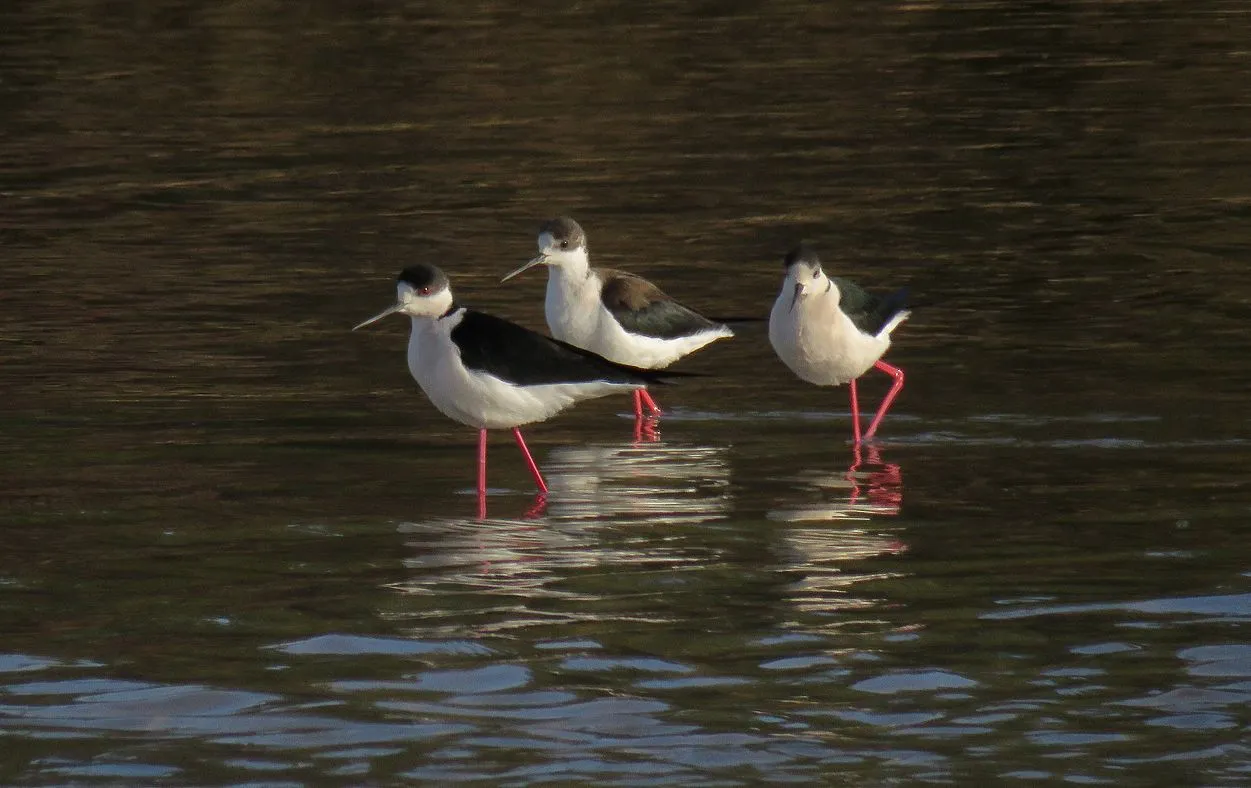
The black-winged stilt (Himantopus himantopus) is a widely distributed very long-legged wader from the Recurvirostridae Family.
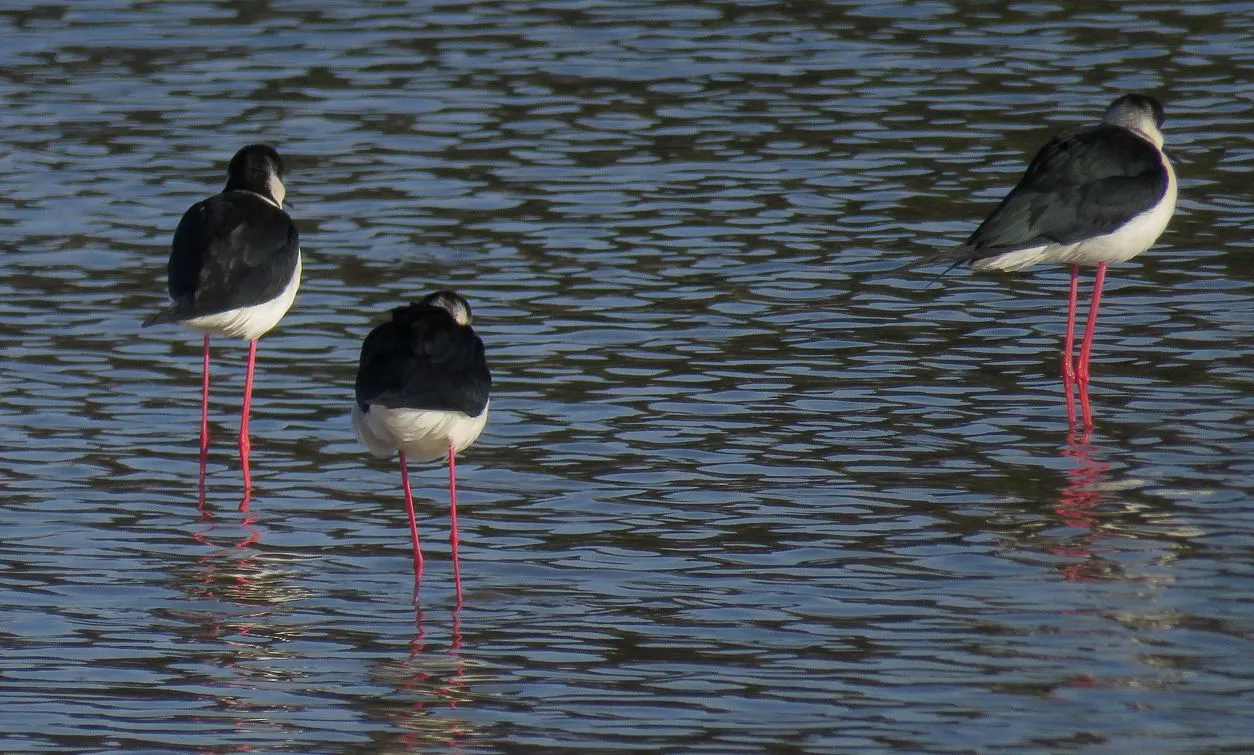
The long, pink legs of these birds look very cool ... a bit like straws made of plastic :D
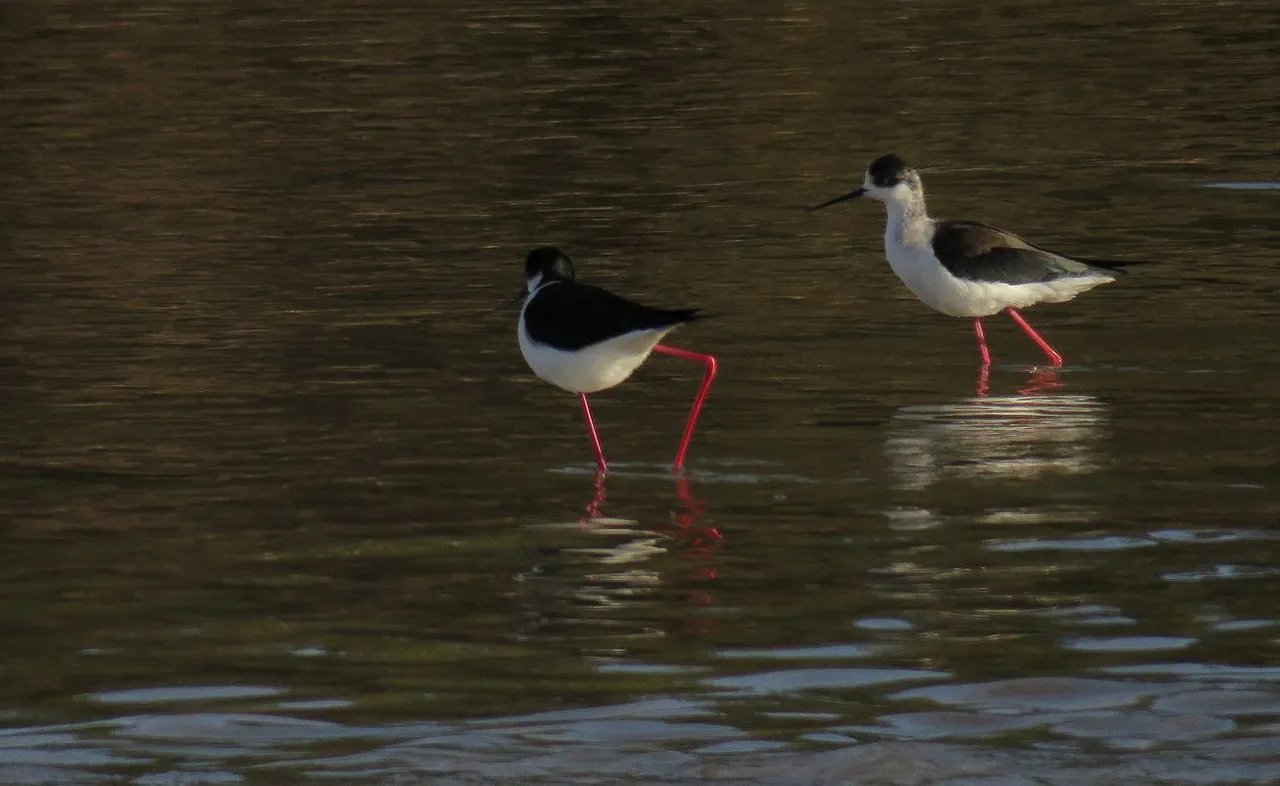
It had a lot of fun observing them through the camera with a solid zoom capability.
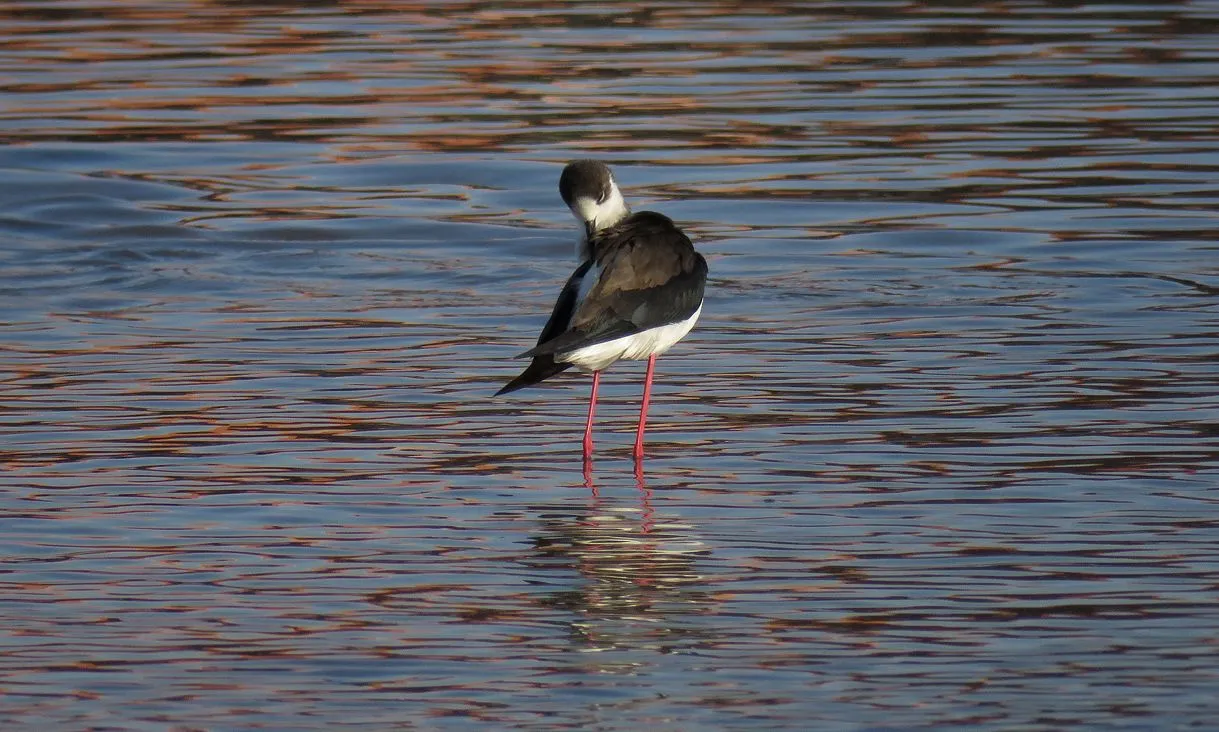
This Black-winged stilt was busy taking care of its plumage ...
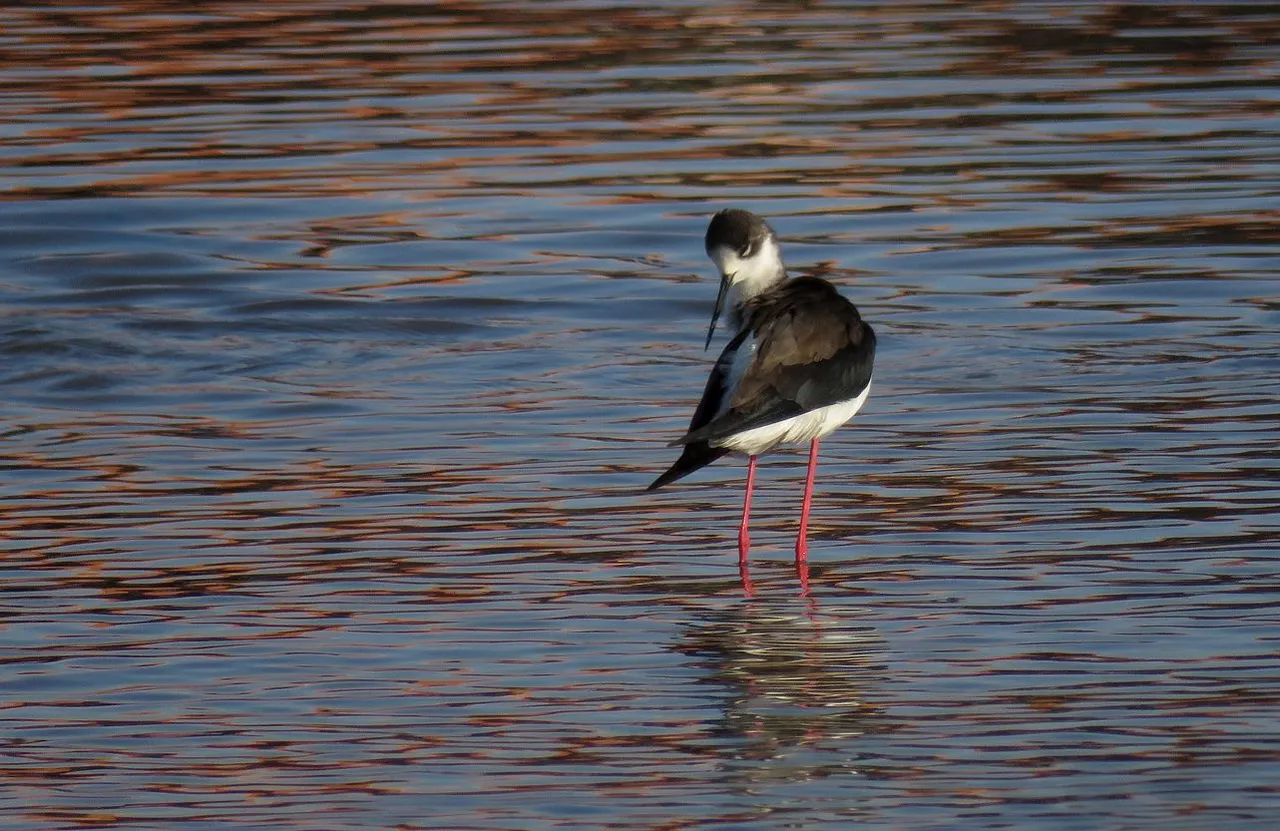
... this is a very important activity for every flying bird.
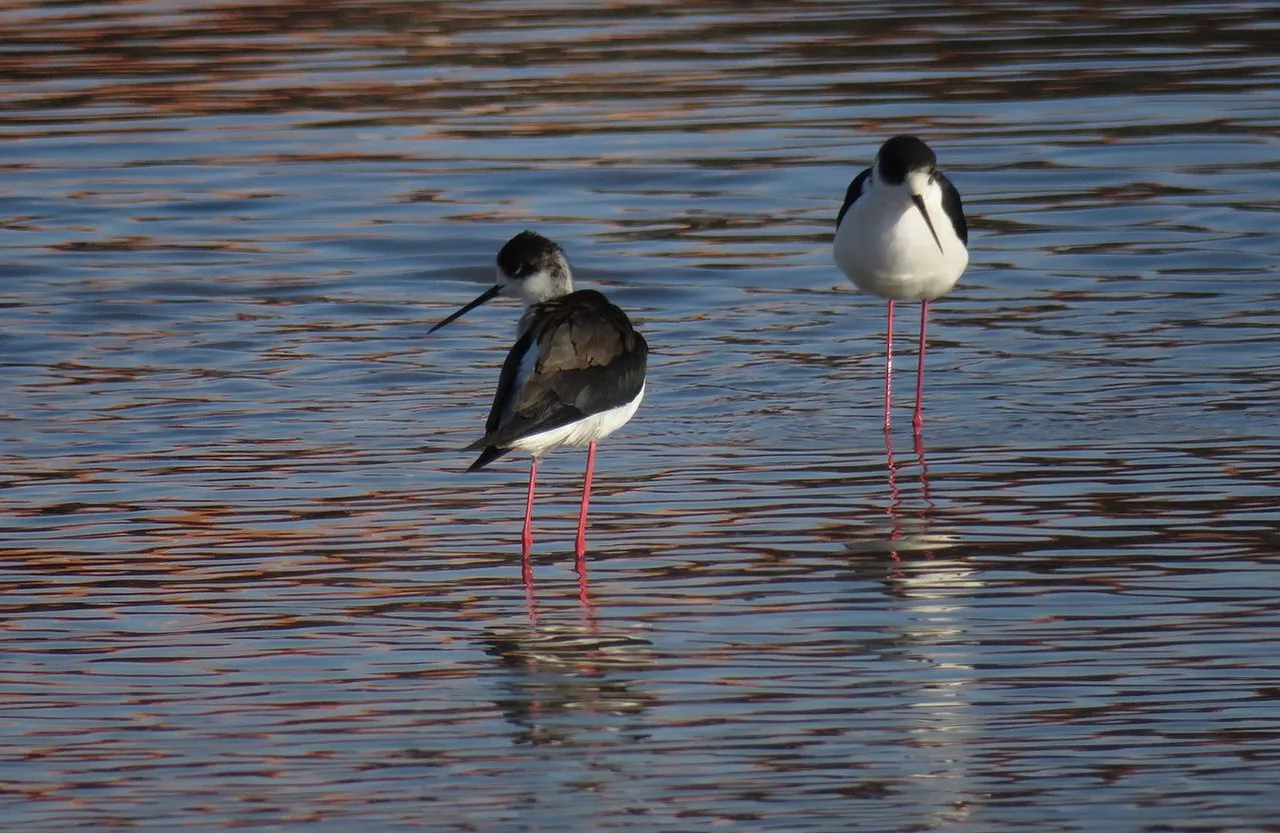
These birds feed on water insects and various larvae found in the water, on small Amphipods, worms, snails, tadpoles and eggs of fish and amphibians.
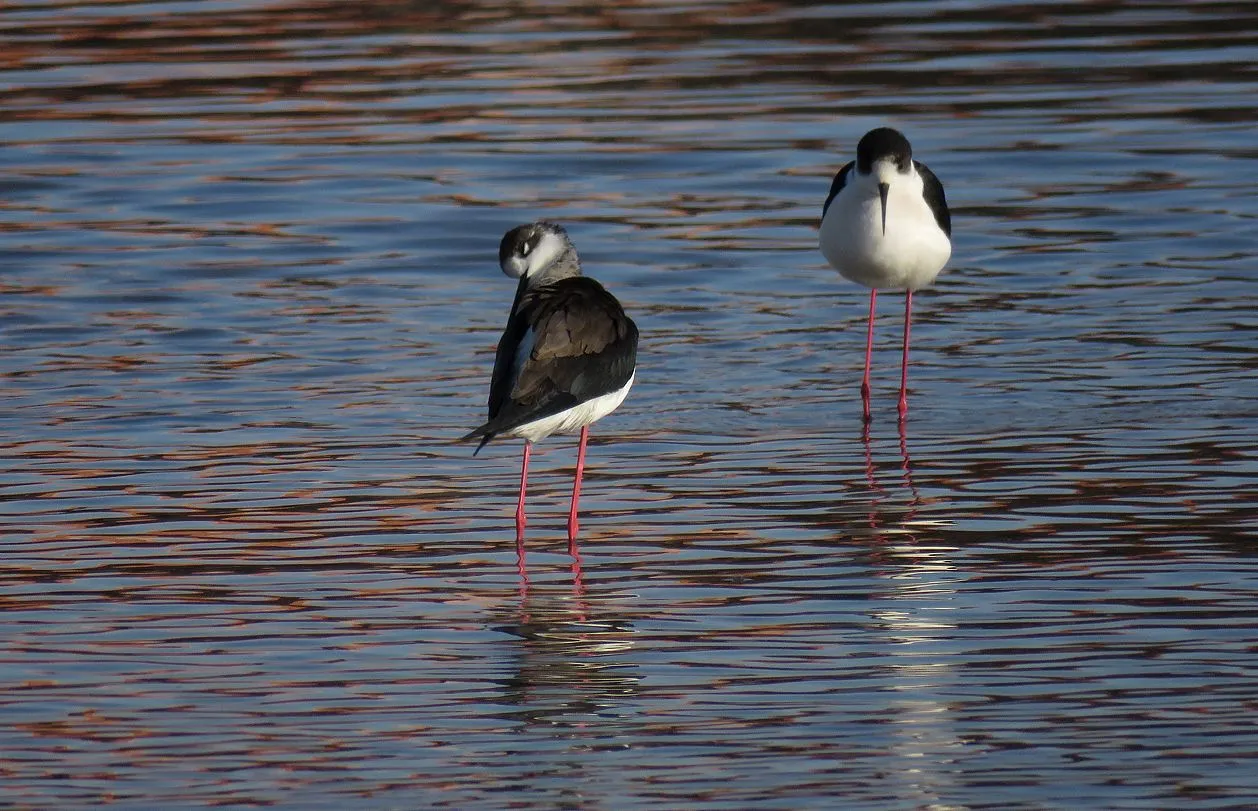
And now ...

... with this closing portrait of the Himantopus himantopus, is time to end this feathered post. As always here on HIVE, the photographs and the video made from some of those photographs, are my work - THE END.



